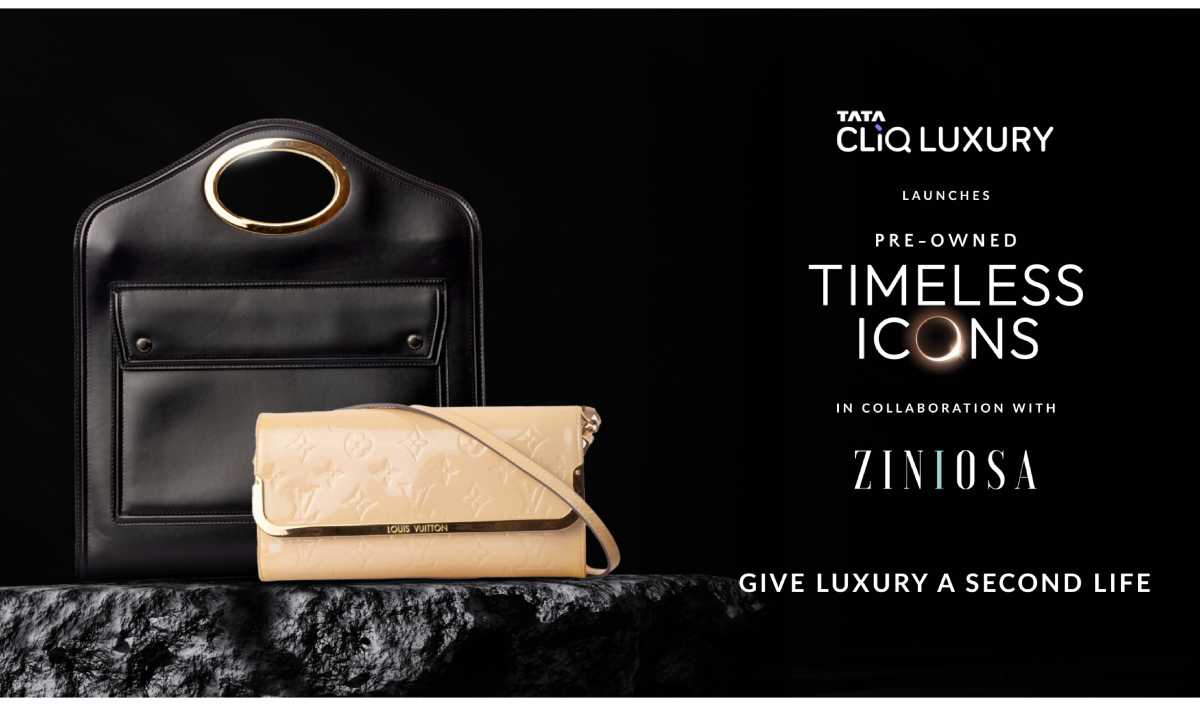
Reckoning the power of brand licensing as a strategy to scale up, women’s clothing label Madame has forayed into the brand licensing space. In this candid interaction with License India, Akhil Jain, Executive Director, Madame elaborates about the brand’s licensing program and what gives them an edge over peers.
Could you elaborate about the brand’s journey so far?
Madame is celebrating its 25th anniversary next year. We started with retailing in the year 2002 and now we have 150 - 152 months of operation and equal number of stores. It has worked out like ‘a store a month’ strategy. From the first store with 150 sq. feet carpet area to the biggest of 5,500 sq. feet at Elante Mall in Chandigarh, the journey of Madame has been phenomenal. We are soon coming up with a 4,400 sq. feet store at Pacific Mall, Delhi. We already have 2,000 sq. Feet-sized stores and we see great potential in the future. We keep relocating or changing our strategies depending on the location and demand.
How has the consumer trend changed in your segment?
International brands have come in and that has given us a bigger opportunity because women’s western wear market in India is still far away from saturation. As an avid traveler I see a lot of foreign brands that are due to come to India. But coming from India, we understand Indian consumers a lot better than these foreign brands in terms of size sets, styling, etc. These brands will do well for a particular niche segment, but when you try to cater to a larger audience attributes such as sizing play a major role and only an Indian brand can fit into that space. In short, though the global brands come in with a better reputation, we have a better hold on Indian consumers. We are present at the same locations as of the foreign brands, and I don’t see our turnover going sluggish; rather it is increasing day by day.
How has the online sales trend impacted your business?
Online is another vertical of our business now. About 3 - 4 years ago, e-retail was fairly new and was about discounting and bombarding with offers and schemes. It was more of a threat that time, but now we strategize for online shopping; we have tie-ups with Myntra, Jabong, etc. and they are very much a part of our overall business plan now. We have already set the premise that 12 per cent of our business will be generated online. This year we generated around 7 per cent from online sales and this is steadily going to increase. We finished last fiscal year with about USD 44 million.
How big is the challenge of getting retail space in multi-brand outlets?
We have been able to find the space because we were primarily into wholesale. At a time when the so-called exclusive retail concept hadn’t even come to India, we were already working with more than 400 points of sales and these spaces have been retained. With every multi-brand outlet getting into the shop-in-shop model, the concept has changed. There is a need now to try and understand as well as match the discounts offered by e-commerce channels. To our benefit, we have retained the spaces and revamped them for a shop-in-shop look. Our points of sales, other than the exclusive stores, have gone up to 650, including the large format and multi-brand outlets.
Where and how does brand licensing fit into your business model?
Being almost 25 years in the Indian retail scenario, I can say that it has worked out really well. To give you example, a girl who was my customer early 2000 is my customer even today. And for this entire journey that we have been with her, I feel brand recognition and recall has played a significant role. For instance we don’t work well in South India but when we talk to any of the regional players in that market, they are very much aware of the brand. Thus, our brand recall value is certainly high. When it comes to brand licensing, I find brand extension very exciting.
What are the categories you are looking at to extend your brand?
Primary I am doing all the categories in the lifestyle segment except for lingerie. Therefore, we would like to have a presence in the lingerie market and gradually into fragrances, footwear, handbags and kids wear. We have already attempted kids wear for Four Seasons and the response was phenomenal. We had to keep its expansion on hold because my design team could not cope up with the demands of that segment.
For Madame, what, in your opinion, should be the ideal portfolio of a licensee?
Our licensee should the master of his or her trade who can actually invest in the brand from an equity point of view. He or she should either be a manufacturer or a master source person of the product.
Would you be up for licensing out the categories that are already there with you at your store?
Yes, definitely! For instance at the moment we are doing athleisure and this market is growing by leaps and bounds. So if we get an ideal licensee for this category, we would be more than happy to license it out.
How do you plan to strategize the retail sales part of your business?
As a company we are in a unique kind of a structure that’s beyond suppliers and customers. For instance, for lingerie as a category, all we need is to dedicate 40 sq. metres shop-in-shop space in our existing outlet. And if that is garnering me a substantial amount of revenue, then why not? Alongside building a license in the existing program we are strategizing the retail aspect of it as well.
Copyright © 2009 - 2024 License India.















